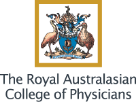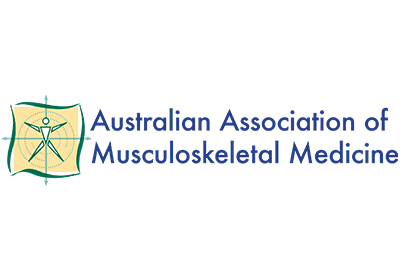A nerve block is a minimally invasive interventional pain management procedure that involves injecting a local anaesthetic and sometimes a corticosteroid medication near a nerve or group of nerves to temporarily block pain signals for both therapeutic and diagnostic purposes.
Nerve blocks can be used to diagnose and treat pain caused by a variety of conditions, including nerve damage, neuropathy, shingles, or chronic headaches. The procedure is typically performed under imaging guidance such as X-Ray or Ultrasound, to ensure accurate placement of the medication.
Depending on the location and cause of the pain, different types of nerve blocks may be used, such as a peripheral nerve block or a sympathetic nerve block. The duration of pain relief can vary depending on the specific block used and the individual's response to the medication.
Nerve blocks are generally safe and effective for managing pain, and they may be used alone or in combination with other pain management therapies.
Your Pain Specialist can discuss the benefits and risks of this procedure with you and help determine if it is an appropriate treatment option for your specific condition.







